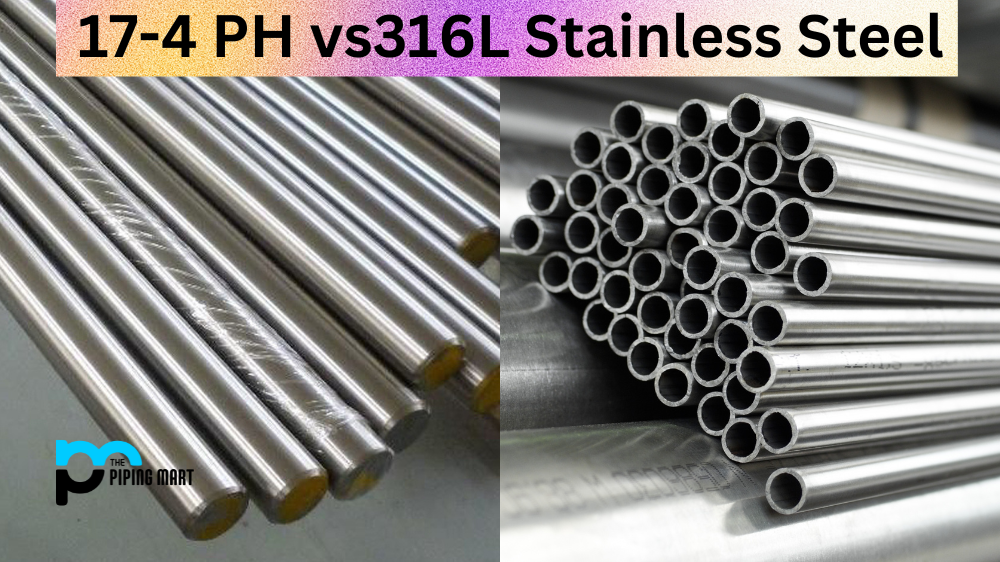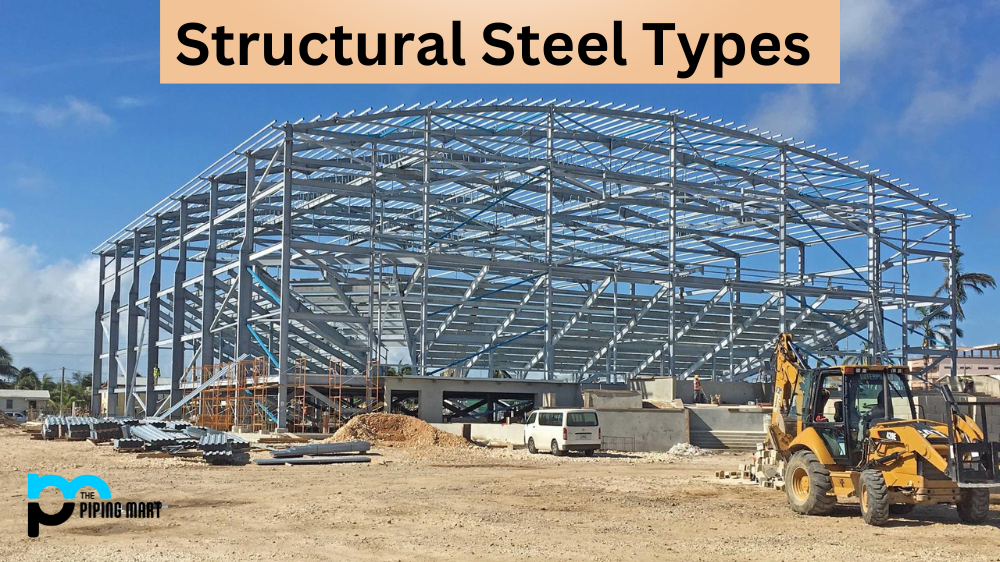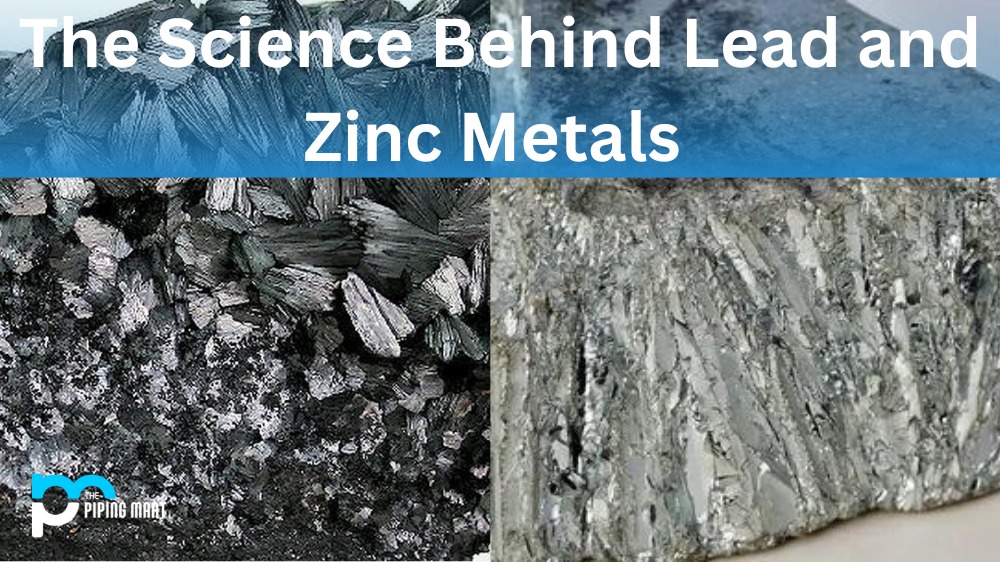When choosing the right type of stainless steel for your project, it’s essential to consider several factors, including strength, corrosion resistance, and affordability. Two of the most popular types of stainless steel are 17-4 PH and 316L. While both types share similar properties, there are distinct differences worth knowing. In this article, we will compare 17-4 PH and 316L stainless steel to help you make an informed decision.
Difference Between 17-4 PH and 316L Stainless Steel
Chemical Composition
17-4 PH stainless steel is a chromium-nickel-copper precipitation-hardening martensitic stainless steel. It contains 4% copper, 17% chromium, and 4% nickel. The unique combination of these elements provides it with outstanding strength, good corrosion resistance, and high levels of durability.
In contrast, 316L stainless steel is an austenitic stainless steel that contains up to 18% chromium, 10% nickel, and 2% molybdenum. It is widely used in marine applications and other industries that require good corrosion resistance.
Strength and Durability
17-4 PH stainless steel is known for its strength and durability. It can withstand high temperatures and resist corrosion, making it an ideal choice for high-strength and tough applications. Additionally, 17-4 PH stainless steel is precipitation-hardened, which response well to heat treatment and can achieve high hardness levels.
On the other hand, 316L stainless steel is less hard and less durable than 17-4 PH. However, it is highly resistant to corrosion, making it an ideal choice for applications where corrosion resistance is crucial. Additionally, it is more affordable than 17-4 PH, making it a popular choice for many applications.
Applications
17-4 PH stainless steel is commercially used in aerospace, paper, and petrochemical industries. It is also widely used in manufacturing surgical equipment and military applications. Due to its high strength and toughness, 17-4 PH is an ideal choice for components subject to high stresses and pressures.
In contrast, 316L stainless steel is used in many industries that require resistance to corrosion, including the food and beverage industry and medical equipment. Additionally, it is used in marine applications as it is highly resistant to seawater corrosion.
Conclusion:
To summarize, 17-4 PH and 316L stainless steel are two popular types of stainless steel with different properties and uses. While 17-4 PH offers superior strength and durability, 316L is more affordable and has better corrosion resistance. Understanding these differences is crucial in selecting the right type of stainless steel for your project.

Abhishek is a seasoned blogger and industry expert, sharing his insights and knowledge on various topics. With his research, Abhishek offers valuable insights and tips for professionals and enthusiasts. Follow him for expert advice on the latest trends and developments in the metal industry.




